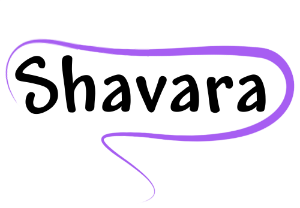What is this exactly? Technically speaking, it is the process of submitting fees for medical services to private, commercial, and government insurers for payment of such services, by completing a universal medical insurance claim, known as the HCFA1500. As you can imagine, billing these types of services to regulated entities can get quite confusing. It can either flow like a quiet stream or be as turbulent as a raging river.
To navigate these waters with the least amount of motion, it’s imperative that you understand the requirements and rules of these entities. The first rule is to make sure your provider and/or group practice does not have conflicting provider and/or group practice information. The provider and/or group are required to have a National Provider Identification (NPI) number, tax identification number, and taxonomy code. If the provider and/or group are a participating provider for the insurer, the insurer assigned identification number may be required. Other entities like government medical insurance called Medicaid will have special completion requirements for the claims submitted.
Next, you’ll want to be sure you have the proper documentation to see or treat the patient, like the referral from the attending physician, and a prior authorization if necessary from the patient’s insurance company.
Make sure your front office staff is thoroughly and properly trained. This is one of the key components missed by most offices. The mistake is not putting enough emphasis on this job. It is vital that the front office staff knows and understands a referral; prior authorization from the patient’s insurer as well as accurate patient demographics and insurance information is extremely important and is a large part of the coordination of the patients care. The patients demographic should be verified by a piece of standard identification, like a driver’s license or identification card provided by the Department of Motor Vehicles. If the patient has medical insurance that can be billed for services, then that information has to be provided by the patient in the form of an insurance card. The patient’s eligibility for the insurance as well as the effective date of the insurance is necessary. The card should be copied front and back because there can be important insurer contact information as well as regulations or prior authorization instructions printed on the back of the insurance card. When all of the pertinent patient information, including proper insurance information, prior authorizations and referrals are obtained then the patient can be seen by the provider and treatment can begin.
Once services are rendered, it’s important to code the medical claim form with the proper diagnosis and procedure codes, and to complete the proper fields on the claim form. Make sure the claim or series of claims is submitted in the proper hierarchy for payment. The patient’s primary insurance should be billed first. Once payment is received from the primary insurance, there could be a balance remaining between the amount allowed by the primary insurance and the amount paid. Most insurers will pay 80% of the amount allowed and the remaining difference is called the co-insurance or patient balance. This remaining balance is then billed to the effective second insurance. A claim form is created for this remaining balance and submitted to the second insurance along with an explanation of benefits (EOB) from the primary insurance explaining how the claim was processed. If the patient has a third or tertiary insurance and there is a balance remaining from the primary and secondary insurance, you would apply the same process as billing the second insurance although this time you would submit an EOB from the primary insurance and the second insurance with the completed claim form for the tertiary.
This process is what is referred to by billing staff as “submitting a clean claim”. This term simply means that the claim is free of errors. Follow these simple rules and you too can float along the tranquil billing stream rather than attempting to navigate through a raging river.
The best medical billing software, Iridium Suite, has many tools built right in to streamline this process.


